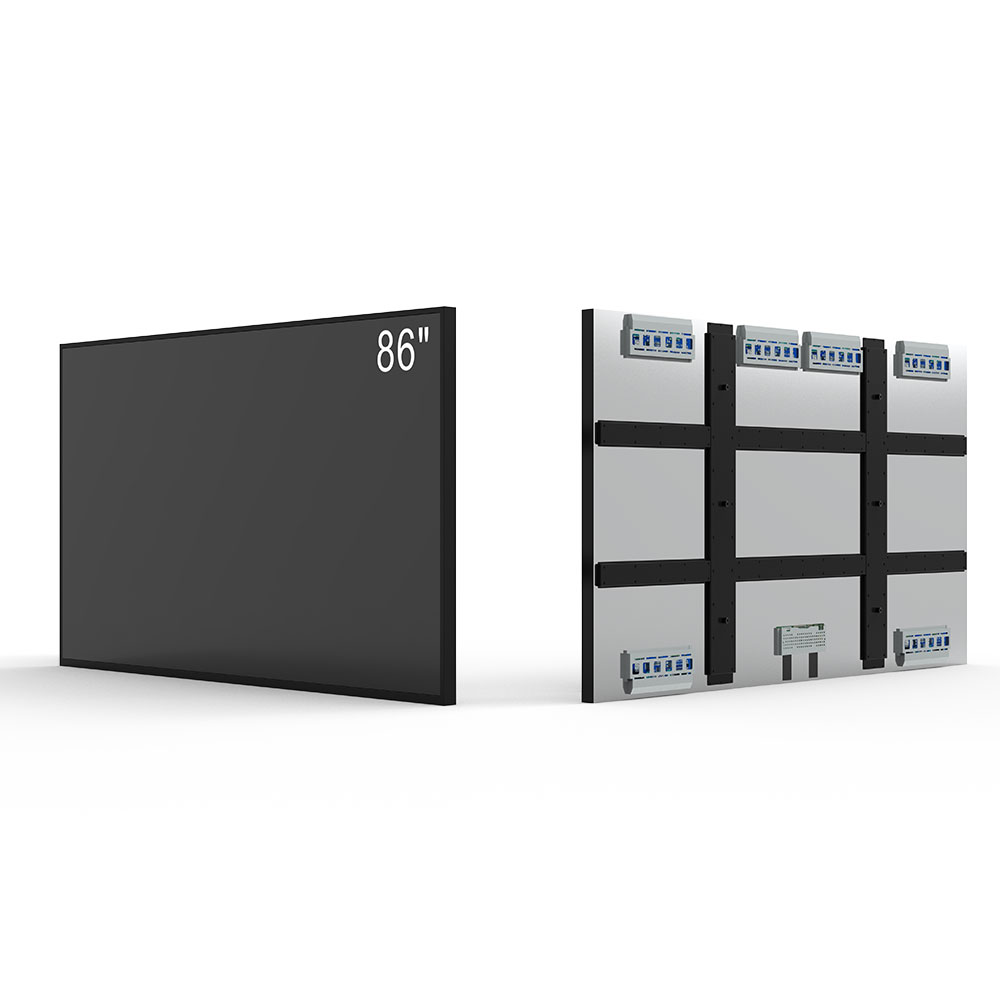- Home
- About Us
- Products
- News
- Video
- Contact
- Send Inquiry
Search
- Home
- About Us
- Products
- News
- Video
- Contact
- Send Inquiry

High brightness sunlight-readable LCD screens are engineered to deliver optimal visibility under extreme lighting conditions, making them indispensable in military, industrial, medical, transportation, and outdoor consumer applications. These displays surpass standard LCDs by achieving luminance levels of 5,000 to 10,000 nits—over 10 times brighter than typical indoor displays—while maintaining color accuracy, contrast, and response time in direct sunlight. The technology behind such screens relies on advanced backlighting systems, polarized filters, anti-reflective coatings, and optimized liquid crystal materials. For instance, the use of high-efficiency LED arrays combined with diffusers ensures uniform illumination across the entire panel, even in intense solar radiation. According to a 2023 report by MarketsandMarkets, the global market for high-brightness LCDs is projected to grow at a CAGR of 6.7% from 2023 to 2028, driven by increasing demand in defense and automotive sectors.
In military applications, sunlight-readable displays enable real-time situational awareness on field command units, UAVs, and armored vehicles. The U.S. Department of Defense mandates that all mission-critical displays meet MIL-STD-810G environmental standards for temperature, vibration, humidity, and shock resistance. Manufacturers like Crystalfontz and Novatron integrate these requirements through ruggedized housing, wide operating temperature ranges (-40°C to +70°C), and sealed designs preventing dust and moisture ingress. In aviation, such displays are used in cockpit instruments where readability at altitudes above 30,000 feet is critical—Airbus and Boeing specify minimum brightness levels of 5,000 nits for their flight decks.
Industrial settings benefit from these displays in manufacturing control rooms, oil rigs, and mining operations where ambient light varies drastically. A case study by LG Display showed that replacing standard LCDs with sunlight-readable models in offshore drilling platforms reduced operator errors by 37%, primarily due to improved legibility during bright midday sun. Medical devices such as portable ultrasound machines also leverage this technology to ensure clinicians can interpret images accurately in emergency vehicles or field hospitals.
From an engineering standpoint, achieving high brightness without compromising power efficiency remains a key challenge. Innovations like adaptive brightness control algorithms and micro-LED backlights are now being adopted to reduce energy consumption while maintaining performance. Additionally, the integration of touch functionality—especially in glove-compatible capacitive touchscreens—adds value in cold environments where manual input must remain precise despite thermal stress.

The future of sunlight-readable LCDs lies in hybrid technologies combining OLED and LCD elements for enhanced contrast ratios and faster refresh rates. As global industries push toward automation and real-time data visualization, the need for reliable, high-brightness displays will only intensify. With continued investment in R&D and adherence to international standards like ISO 9241-3 and IEC 60068, manufacturers are well-positioned to meet evolving demands across diverse application domains.